The Ministry of Defence (MOD) has outlined steps to adapt its training programmes for Reservists, following a question raised by Labour MP Calvin Bailey.
Referring to the Council of Reserve Forces and Cadets’ Associations’ Annual Statutory Report 2024, Bailey asked what measures were being implemented to ensure training aligns with Reservists’ needs.
In response, Veterans Minister Al Carns confirmed that the MOD delivers all its training under the Defence Systems Approach to Training, a framework designed to continuously refine delivery. Carns said:
“This is a formal iterative process to continually improve course delivery, integrate learning technologies and formally record student feedback, resulting in improved changes to Course Programmes.”
Modular Training for Greater Flexibility
One significant change has been the introduction of modular courses through the Defence Learning Environment (DLE). This system tracks individual progress, offering flexibility for Reservists juggling civilian jobs and family responsibilities.
Carns explained: “Many Defence courses now offer a modular approach to completion… providing significant flexibility, allowing Reservists to complete courses in a way that fits around their employment needs and family commitments.”
The modular approach also allows Reservists to access training at their convenience, say the MOD, with content tailored to their specific roles and operational requirements.
Localised Training Options
The MOD has made additional adaptations by offering training locally on weekends or in condensed time blocks. These adjustments aim to accommodate Reservists’ civilian commitments. Carns added:
“Adaptations include tailoring to deliver training locally at weekends or in blocks of time that are accessible, allowing Reservists to balance their civilian and military commitments effectively.”
Challenges and Progress
The department’s adaptations aim to ensure training remains effective and accessible, but questions remain about how well these measures are addressing broader recruitment and retention issues within the Reserve Forces. While the Council of Reserve Forces and Cadets’ Associations’ Annual Statutory Report highlights progress, it also underlines ongoing challenges in balancing the demands of military readiness with the realities of Reservists’ civilian lives.
The MOD’s iterative approach to training reflects an understanding of these challenges, but whether these measures will meet long-term needs remains to be seen.




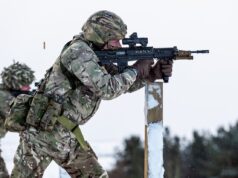
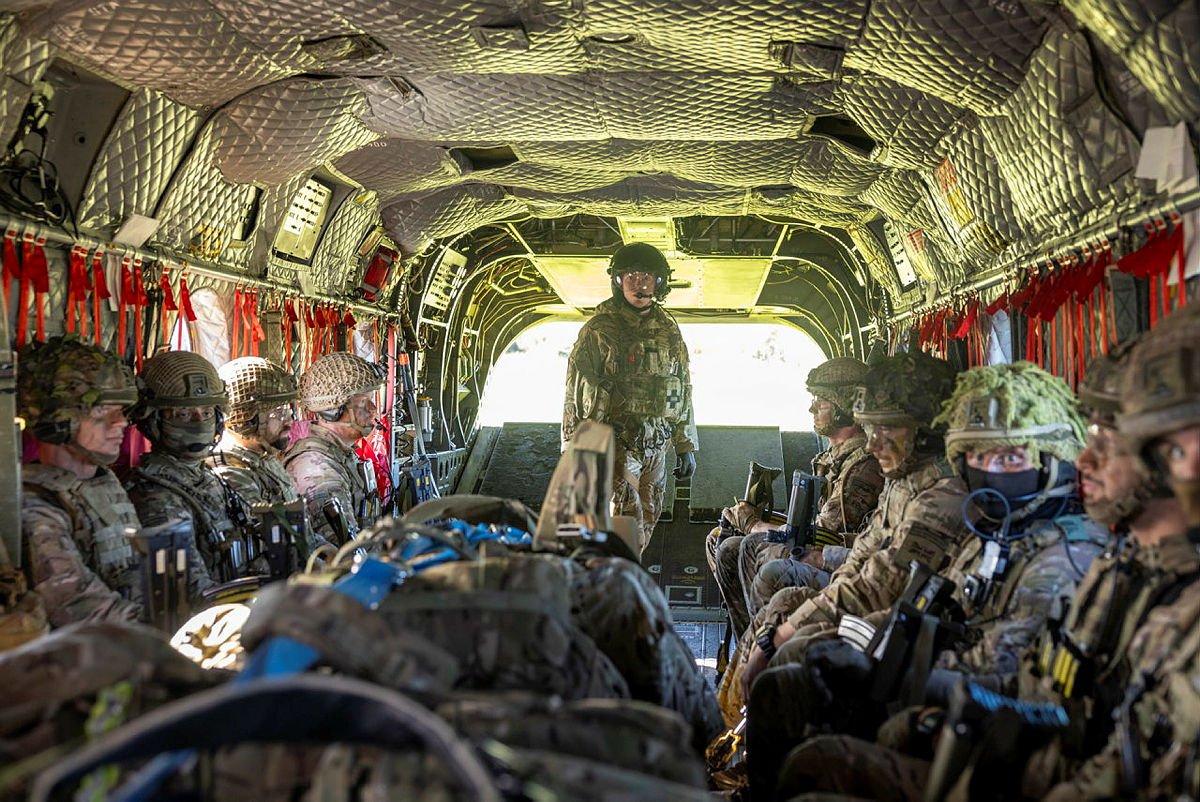
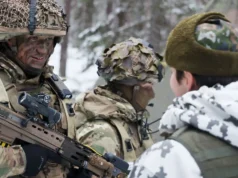
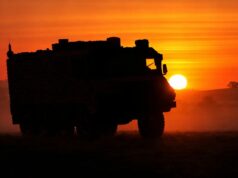
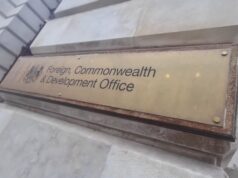
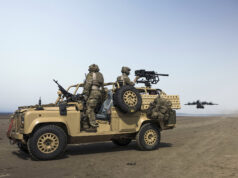

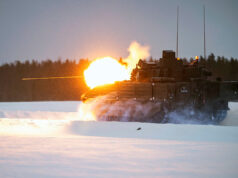
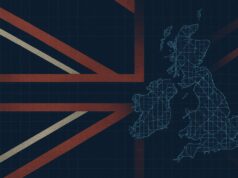

The army generals talk a good game about being prepared for a major conflict as long as being prepared for a major conflict means keeping as many regular army infantry battalions as possible. The regular Amy dropped from 120,000 at the end of the Cold War to 70,000 today while the TA and now reserves were cut from 76,000 to just 26,000 today. Cuts have always as been heavier on reserve forces. Reserve forces cost 5 times less to operate than regular army and if the British army was really serious about fighting a major land war they would be rapidly increasing the size of reserves and not regular units.
We should aim for an army of 80,000 with a reserve of 60,000. This is much more inline with the USA. If it’s good enough for the worlds greatest army then it’s good enough for us.
More or less exactly this.
The lack of priority given to reservists is down to forces that are in perpetual financial crisis.
As I keep saying, when the budget uplifts do arrive it is vital they are not just spent on big projects but on things like reserves.
How reserves are actually used has to change and the mentality of it ‘being impossible’ to retain reserve ships also needs to totally change.
Ultimately, if UK do go to a war all those sailing desks in long term planning roles would have to go to war.
Part of the issue is the STOROB mentality that anything not working up or deployed is stripped of parts – that has to stop.
With say a larger fleet of T31 they could be rotated to keep better availability and some deployed on shorter missions with reserve crews.
Agree, mindset needs to change and the MoD needs to stop looking at reservists as a cost to cut.
Hi Jim, Not disagreeing with you overall but I just can’t see them increasing the size of the regular army and it’s precisely for the cost reasons that you give. I’m not clued up on Army like GM or DM but that cost per head is prohibitive especially when you add the extra Pensions and need for extra accommodation.
As I understand it there are 33 regular infantry Battalions and 16 reserve so why not just stick to the numbers of regulars OA but each regulars Battalion has a reserve one. I actually think that is achievable if the Army was told to do so, one way would be to encourage those leaving to commit to long term reserve duties and actively recruit reserves from scratch (and maybe start with the Geeks in Uni for drones 🤔). An incentive could be that for every year served you get 6 months of the corresponding Army pension for the equivalent Army rank, that way someone who has served can boost their Pension pot.
I agree with you about the mind set as I don’t think the Army is prioritising Defence of the realm half as much as it does preserving Cap badges.
And I’ll back that up with a little bit of analysis ! (DM and GM get ready to shout at me if I get this wrong).
There are :-
33 Regular Infantry Battalions of which 3 are Parachute and 4 are Ranger battalions.
So that leaves just 26 Infantry Battalions of which 5 are Guards.
Ergo 19.2% of the British Army’s Infantry are disproportionally the most expensive to house, equip, pay and the best protected Politically. I can’t figure out how anyone can justify that and I think it needs to change.
I really do get that we make a lot of Tourist money due to the traditions so maybe reduce it to just 1 Royal Guards regiment with 5 companies.
Oh and while they are at it allow all the other Battalions to take turns and troop their colours in front of the King at Trooping the Colour. Personally I’d love to see the RMs have a go !
IMHO there has to be an enforced mind set change in the Army, and that’s down to the Politicians to do, and as we have just managed to train 52,000 Ukrainian service bods in 3 years they can’t shout about not being able to train reservists. They wouldn’t have a leg to stand on !
Lol. Evening mate.
“why not just stick to the numbers of regulars OA but each regulars Battalion has a reserve one. ”
Regular Battalions, as well as other regular Regiments from the Combat Support and Combat Service Support areas, already have a paired system in place with a reserve formation, which could provide IR, or formed Companies, Troops, or Batteries in war to the regular formation.
There are I think 31 Infantry Battalions. Being picky, 2 are Para, the other ( 1 PARA ) is the core of the SFSG.
Having this number would be fine if the corresponding CS and CSS formations existed for them. They do not. They did, but were repeatedly cut. As you mention, politically, it is easier to cut a numbered CS CSS Regiment than a named Infantry Battalion. Then you have the Cap Badge Mafia lurking too.
This has left some of our Brigades in effect paper Brigades without CS CSS units to make them deployable all arms Brigades. HMG was spinning just the other month describing one of them, 4 Bde, as being ready to deploy to Estonia. Cobblers.
So yes, agree, ideally it would change. The current issue is that on paper there are too many Infantry Battalions for the CS CSS available, as I have highlighted often.
In my opinion, an Army is judged by the number of all arms brigades it can put in the field. At our 70 to 73K size, we should be able to have more than the number of all arms Brigades we have ( 12,20,7,16 ) if the army was organised better. This would mean some Battalions being culled and their headcount redistributed to form more CS CSS units to outfit the likes of 4 Bde, the “Black Rats” and give regular CS CSS to the DRSB.
Easier said than done though.
Of the remainder – 4 are Ranger, in a vital role, the 4 SFAB Battalions are small, 2 Yorks has a unique E&T role, and you have Battalions garrisoned in Brunei, Cyprus, and in support of 16 AAB. 5 total. ( 1 and 2 RGR, 1 RI, and the 2 which rotate from 1 and 3 Division to Cyprus to guard our vital SBAs there and form the Middle East Reserve.
On paper, looking at 7 and 4 Brigade, they have too many Infantry Battalions, baring in mind the Cyprus rotation included in the total.
“I really do get that we make a lot of Tourist money due to the traditions so maybe reduce it to just 1 Royal Guards regiment with 5 companies.”
A Regiment with 5 Companies? So in effect of Single Battalion strength? That would make it like the ceremonial troops of other countries, with no real combat capability, as how would its soldiers gain those skills if they are always on ceremonial?
As it is, the 5 Battalions of the Guards do not all sit doing ceremonial or Public Duties. They rotate in and out of these roles and into Light Infantry roles. 1 IG is also SFAB formation, for example. There are also several PD Companies.
So our Guards form part of the Field Army in Brigades, as well as carrying out Public Duties.
“Oh and while they are at it allow all the other Battalions to take turns and troop their colours in front of the King at Trooping the Colour. Personally I’d love to see the RMs have a go !”
Other units, while not trooping the colour, often provide the Royal Guard at Royal Residences.
In the Army Reserve, the CSS formations already form a significant chunk of 101, 102, 104 Brigades, which, to not go into too much detail, support 1 and 3 Divisions, and the wider Field Army. Reserve RAMC Regiments for example are numerous.
The reserve Infantry Battalions are poorly organised, and mostly bunched into 19 Infantry Brigade, with no supporting reserve CS CSS. They are not set up to deploy as a complete Brigade or even complete Battalions, but smaller units. The wider CS an CSS, as said, already support the wider army.
I’m unsure how effective the wider reserve would be, and how many it could deploy, but there are some niche capability reserve units, such as in the Royal Signals and SF that I believe are of worth.
Army posters like Graham, Dern, and BobA will be able to detail better than I issues with the reserve, my knowledge here is thin.
A few thoughts but laptop is in for repairs and thumbing them into a phone is not on my list of today’s activities.
Hi mate, pity.
You’d be just the poster for this.
Just to add there where alot of reservists training those Ukrainian bods
Nicely put Jim.
It’s a big shame that the British Army doesn’t open its doors to permanent residents who have been living in the UK for years. Requiring a passport to join the reserves feels unnecessarily restrictive. As a Pole who has called the UK home for the last 17 years, I’d love the opportunity to serve, but the cost of obtaining citizenship makes it unfeasible. It would be great if the Army recognised the commitment and contributions of long-term residents by offering an alternative route to join.
British Army needs something like the International Legion in Ukraine, or like the commonwealth brigade!
Just because you have been here for 17 years does not mean much. Yes you should be a citizen 💯 however it’s not a walk in the park, from the aptitude test ,the mental test and the field training and the fitness test you have to go through…. That’s what you should worry about and what is the genuine reason for wanting to join? Are you willing to give up your weekends and not ring the base or barracks to say you can make it because you got a cold or a headache….. so you have the right attitude and are willing to lead a structured life? These are the things you need to consider .
Good luck with trying to increase the size of the Reserves. The other issue with reserves is the shock that they face when they deploy over 72 hours. They struggle to adapt and when we tried to mobilise 52 to boost Hedrick numbers itches virtually impossible to muster that amount from a unit, so we went Brigade wide and still no joy so it went Army wide. When they were eventually mustered, 28 percent of them failed the deployment assessment and mobilisation phase so around 37 eventually deployed. Shambles.
Martin, it can work. In Camp Bastion our FP Coy was commanded by a TA officer and the Coy was 2/3 TA. Great guys. Switched on. Professional. Many had several op tours under their belts. Their patrols outside the wire were very effective; in my time they spotted and defeated a stand-off attack about to be launched by Terry Taliban.
The regular RAF FP Sqn that followed the army’s FP Coy did not cover themselves in glory during the Sep 2012 Battle of Bastion.
Are they going to give us more training days after the cuts we had last year?
But what the people at the top getting paid a fortune for sometime destroying the infrastructure of the reserves is no matter how much you try to make it the same as the regular army, the reserves is a different animal with a different culture due to it’s very make up of people that are the soldiers and the skills from their civilian job roles.
Hi guys, as you have probably noticed from my previous comments I know absolutely nothing about the Armed forces. But I have a question..in the last 100 years..forgetting the disagreement of 1939-45 ..has there ever been a Government that has been interested in Defence and the interests of the Armed forces??
Not sur3 if nukes care about soldiers
I did 35yrs army reserve did tours in Iraq and UN tours and at 55 year old asked for extension for another 1yr to pass on knowledge and skills to younger generation only to be told no extensions due to cut backs but yeg army officer can go to 60 year old so were is the fairness there.